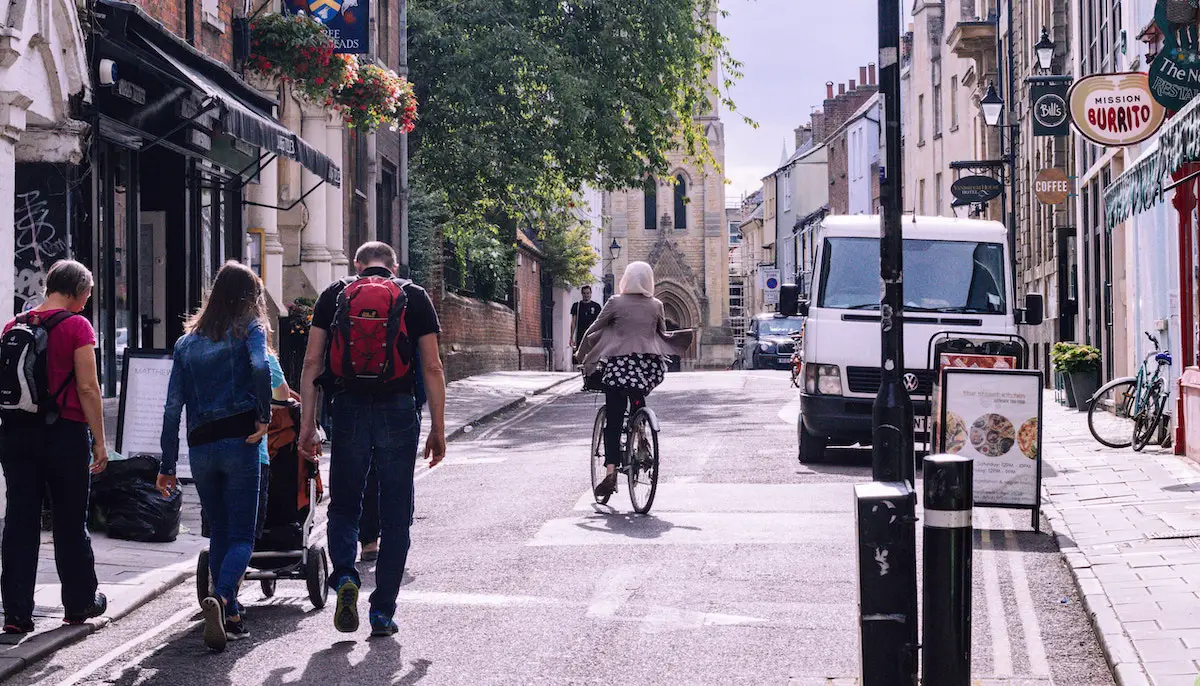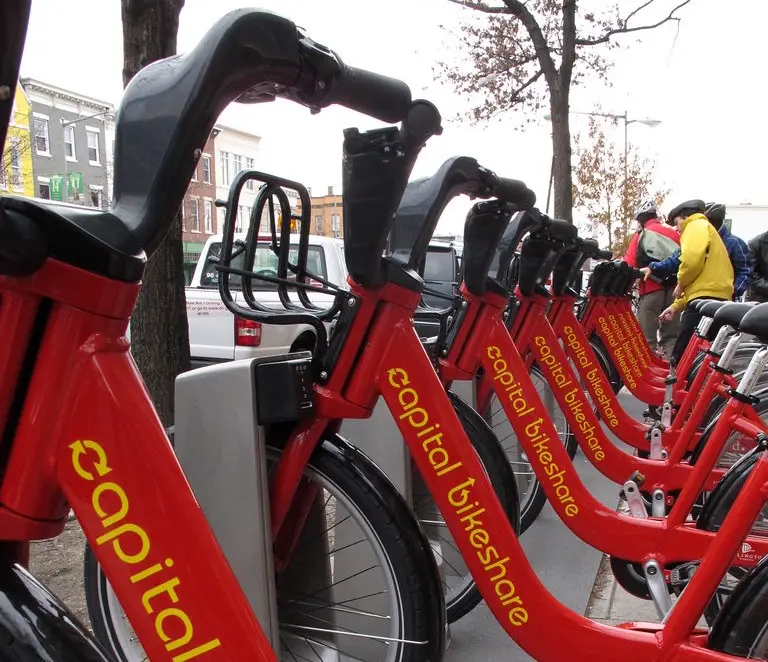Too often we hear excuses upon excuses, usually from Local Authorities, for the lack of support in developing cycling infrastructure in our cities. By blaming supposed ‘difficulties in adding new infrastructure’ to a ‘constrained’ urban fabric, urban planners fail to see that the bicycle can in fact easily fit in existing cities and towns precisely because of their tight urban make up of streets and buildings. The main issue with these arguments is that the car needs to stop being the central requirement of our cities.
Without even taking into consideration cycling supreme cities like Amsterdam or Copenhagen, examples can be found in the less ‘cycle famous’ cities. One such example is Modena, Italy, located in a country famous, amongst other things, for its car loving culture. Modena is the birthplace of Ferrari (based nearby in the town of Maranello), yet the bicycle reigns supreme in the city. Narrow, windy streets make hard work for drivers, while cyclists can enjoy pedalling fast between their destinations.
Old cities often have the advantage of a well integrated mix of housing, shops and work places. In such cities, the bike can become the perfect tool to move around efficiently, whilst also maintaining the social aspect of interacting with others, unlike the car.
Car ownership can become a burden in old towns and cities in terms of parking space, parking costs, and the handling of narrow streets and tight corners. The bicycle bypasses most of these issues, becoming the most effective way of getting about. Get residents on bicycles, and the whole city slows down enough to return to a pleasant human-scale, without compromising the need to get to work on time (to cite one example alone!).
There is no genuine problem in incorporating the bike and cycling infrastructure in existing cities, merely a political resistance to reversing the importance of the car. Cities such as Amsterdam, Copenhagen and Berlin are often praised for their success with bicycle integration. However, if we look a bit further we will find other cities we can learn a lot from, even in a country famous for its car loving population.
Lorenza Casini is the founder of Naturally Cycling: Manchester.
Photo: Lucas Artoni


